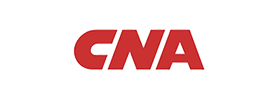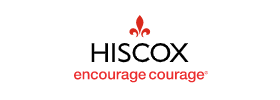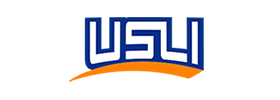What Is An Umbrella Policy?
Despite how it sounds, an umbrella policy isn’t to insure your rain umbrellas if they’re destroyed in a heavy storm. An umbrella policy is a fallback of extra liability coverage if any underlying liability coverage is exhausted. Insurance policies contain a liability portion that is used if you are legally found responsible for injury to someone, directly or indirectly. Auto insurance is the easiest example to use; if you rear-end someone because you were following to close and they had to stop quickly, you are at fault and are liable for any bodily injury to the other person(s) in the vehicle you rear-ended – this would be an indirect bodily injury. Direct bodily injury would be like striking a pedestrian because you didn’t see them crossing the street.
Underlying Coverage
Underlying coverage is the term used in an umbrella policy to denote how much liability coverage is included in other polices that you have, such as Personal Auto Insurance, Homeowner’s Insurance, Boat or Watercraft Insurance, Recreational Vehicle Insurance, etc…
When examining your existing policies, you’ll find a limit of liability and it is important to understand what is contained within the limit of liability. Most auto policies are laid out in a up-to per-person limit and an up-to per-occurrence limit, such as 250/500. Interpreted this means there is personal liability coverage for bodily injury of up-to $250,000 per-person, and up-to $500,000 per-occurrence/accident. Furthermore, using the auto accident as our example, if you strike a car with a single person – the driver, your policy will pay up to $250,000 to the injured person to help pay for medical bills and any court ordered liabilities. If you strike a car that has six people in it, then your policy will pay up-to $250,000 per person, but only a maximum of $500,000 for the accident, so in a way the $500,000 is split between the six people with a maximum of $250,000 paid to any single person, but a maximum of the $500,000 will be paid out for the entire bodily injury claim.
Umbrella Coverage
Continuing with the last paragraph, this is a good example to illustrate when an umbrella policy would be used. In the case of the six injured persons in an accident for which you are at fault, and a limit of only $500,000 (when split, less than $100,000 per person) that amount of money can disappear quickly, especially if someone in that vehicle doesn’t have medical insurance. If you have an umbrella policy, most of which start at an additional one-million in coverage, and you have exhausted the underlying policy liability limit (in this case $500,000), your umbrella policy will “kick in.” Regardless of the policy, once the underlying liability limit has been exhausted, your umbrella will begin to pay out for the rest of your liability for a given claim. As an example, if the cost of the six-person claim is $900,000, the first $500,000 will be paid by your underlying auto liability coverage and the remaining $400,000 will be paid by your umbrella policy.
Limitations
Like all insurance policies, there are requirements and limitations to purchasing and maintaining an umbrella policy. Most, if not all companies that issue umbrella polices have a minimum required underlying liability limits. This means that the companies require you to have a certain limit of liability in your existing policies. This means you can’t have an Arizona state minimum liability of $25,000 and have an umbrella pick up the rest. Most companies issuing an umbrella policy will require that your underlying policies have a minimum liability level of up-to $250,000 per person, up-to $500,000 per occurrence.
Legal Limitations
Just like all insurance policies, there are legal limitations to coverage, and what your insurance policies can be used for. Any intentional losses (fraud) will not be covered. Any losses resulting from illegal activity will not be covered.
Contact Us
If you have any questions, concerns, or would like to know what an umbrella can do for you and your family please contact us. You can submit a question through our website http://oakleyinsurancegroup.com and on our social media accounts “oakleyinsurancegroup”; and by phone (520) 887-5555
Author – Micaiah Bennett – Agent






























